10 Cool but Little-Known Hacks That Could Save You a Lot of Time and Money


Our homes are more than just shelters; they are sanctuaries that significantly influence our physical and mental well-being. Thoughtful interior design can promote health and happiness, while certain design missteps can inadvertently lead to discomfort or even health issues. Let’s explore some common interior design mistakes that could be compromising your health and how to address them.
CONTENT IS PROVIDED FOR INFORMATIONAL PURPOSES ONLY AND IS NOT INTENDED AS A SUBSTITUTE OF MEDICAL ADVICE.
SEEK GUIDANCE OF YOUR DOCTOR REGARDING YOUR HEALTH AND MEDICAL CONDITIONS.
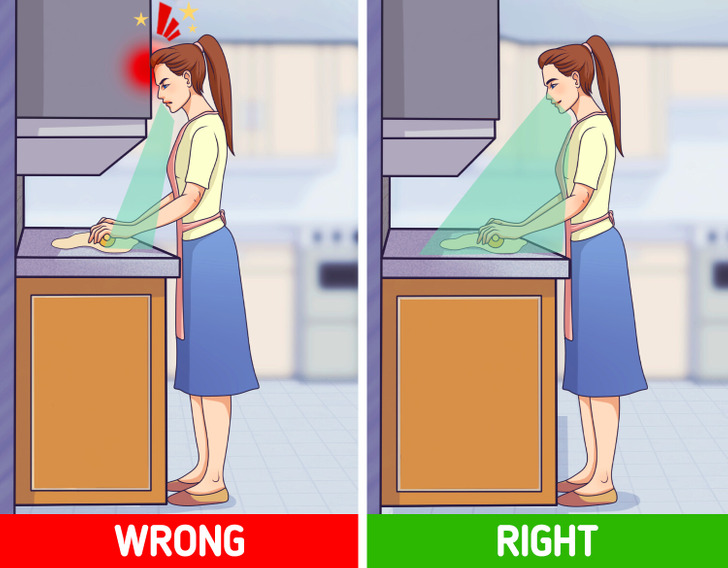
The layout of furniture impacts the flow and functionality of a space. Poor arrangement can obstruct movement, create hazards, and contribute to physical discomfort. For instance, placing furniture in a way that disrupts natural pathways can lead to accidents or strain.
Solution: Arrange furniture to promote easy navigation and ensure that frequently used items are within comfortable reach.
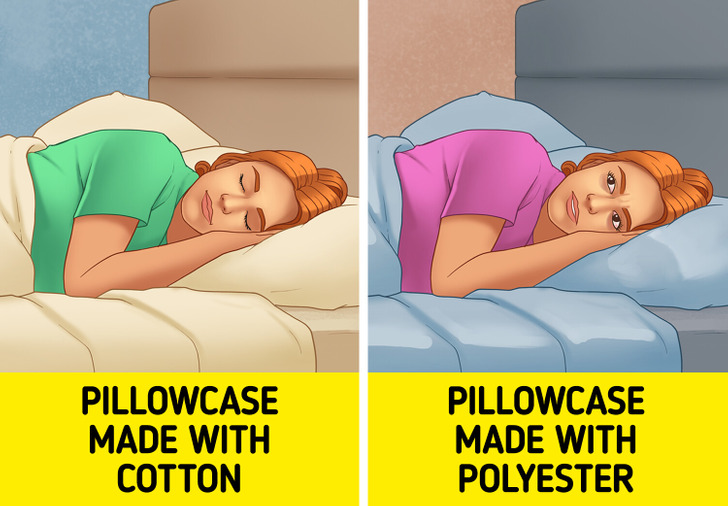
Many synthetic materials used in furniture and decor can emit volatile organic compounds, which may cause headaches, dizziness, and other negative health effects.
Solution: Opt for natural, non-toxic materials such as solid wood, cotton, and wool. Look for products labeled as low-VOC to minimize exposure to harmful chemicals.
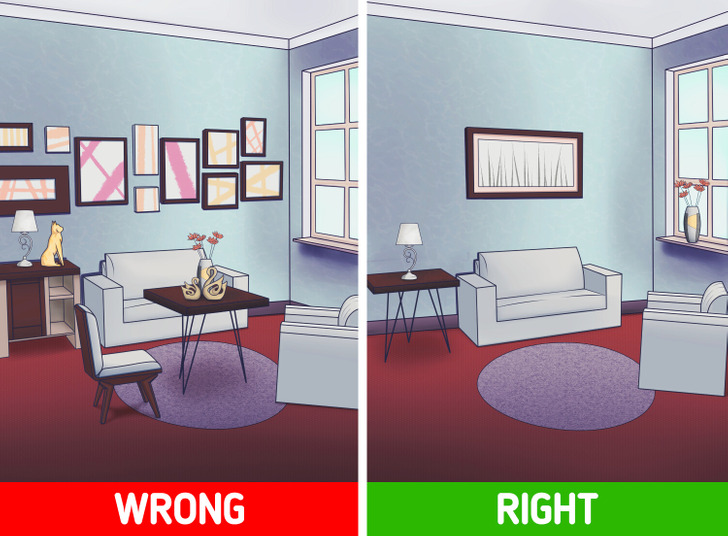
A cluttered environment doesn't just affect aesthetics; it can elevate stress levels and hinder productivity. Clutter can also accumulate dust and allergens, leading to respiratory issues.
Solution: Embrace minimalism by regularly decluttering and organizing your space. Implementing smart storage solutions can help maintain a tidy and serene environment.

Excessive noise within a home can increase stress levels and disrupt sleep patterns. Hard surfaces and open floor plans can exacerbate noise levels, affecting mental well-being.
Solution: Incorporate soft furnishings like carpets, curtains, and upholstered furniture to absorb sound. Consider adding acoustic panels or using bookshelves to dampen noise and create a more serene environment.
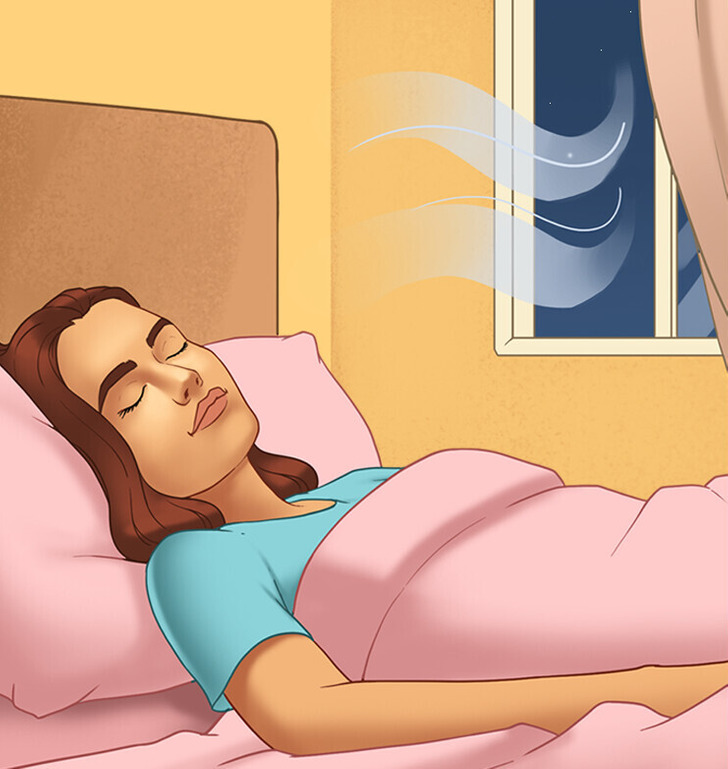
Proper air circulation is essential for maintaining indoor air quality. Poor ventilation can lead to the accumulation of pollutants and moisture, fostering mold growth and contributing to respiratory issues. Sick building syndrome is often linked to inadequate ventilation, resulting in symptoms like headaches and respiratory distress.
Solution: Ensure your home is well-ventilated by regularly opening windows and using exhaust fans, especially in areas prone to moisture like kitchens and bathrooms.
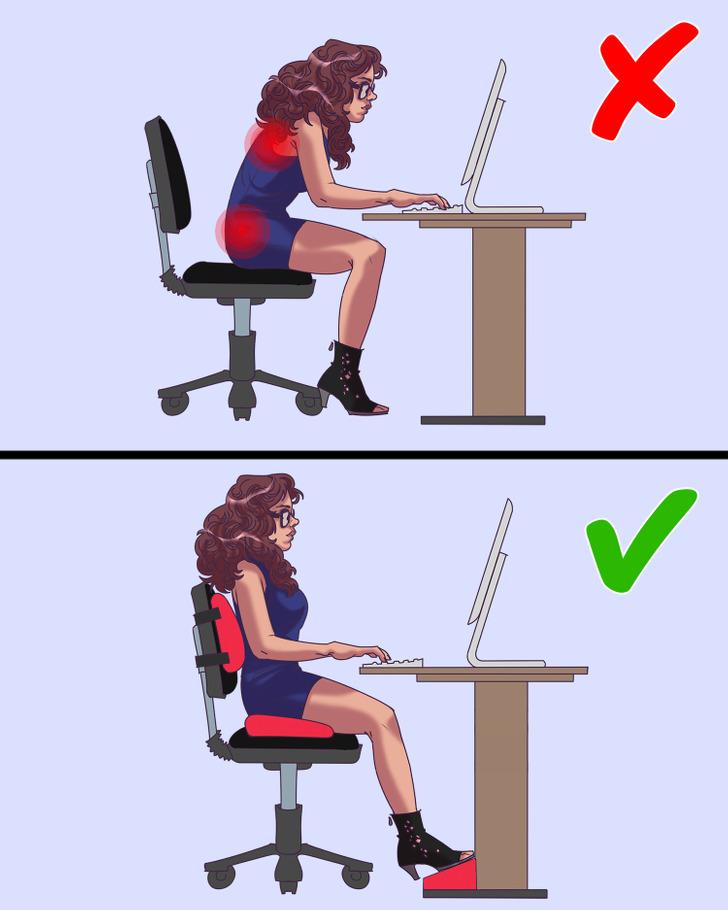
Furniture that doesn't support proper posture can lead to musculoskeletal problems over time. For example, chairs without adequate lumbar support or desks at inappropriate heights can cause back and neck pain.
Solution: Invest in ergonomically designed furniture that supports natural body alignment. Adjust workspaces to suit your body's needs, ensuring that screens are at eye level and chairs provide sufficient support.
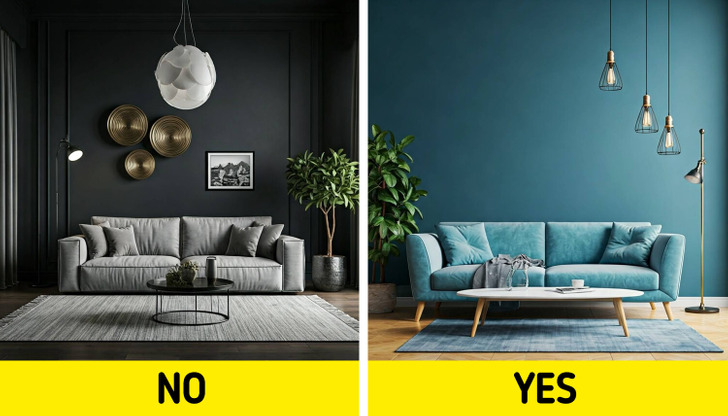
Colors significantly influence our emotions and behaviors. For instance, overly strong colors in the bedroom can create a chaotic environment, while soft, muted hues promote relaxation.
Solution: Choose color schemes that align with the intended purpose of each room. Use calming colors like blues and greens in bedrooms to promote relaxation and more vibrant hues in areas designated for activity and socialization.
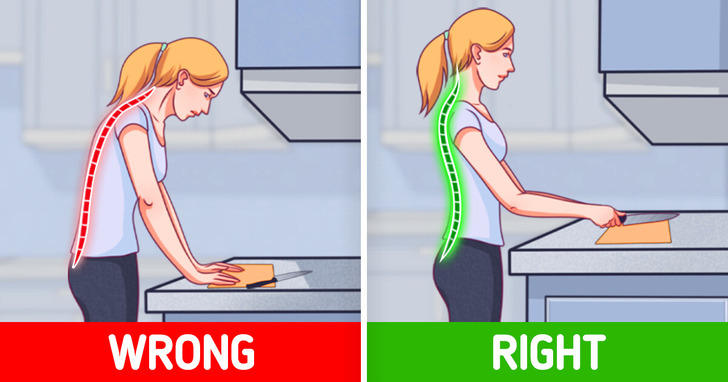
Kitchen countertops that are too high or too low can lead to strained shoulders, back, and neck pain during cooking. The standard countertop height is typically 36 inches from the floor, which is comfortable for most individuals.
Solution: Before installing kitchen countertops, ensure they are at a height suitable for your stature. If adjustments aren't feasible, temporary solutions include stacking cutting boards to raise the surface or using a sturdy stool to elevate yourself if the countertop is too high.
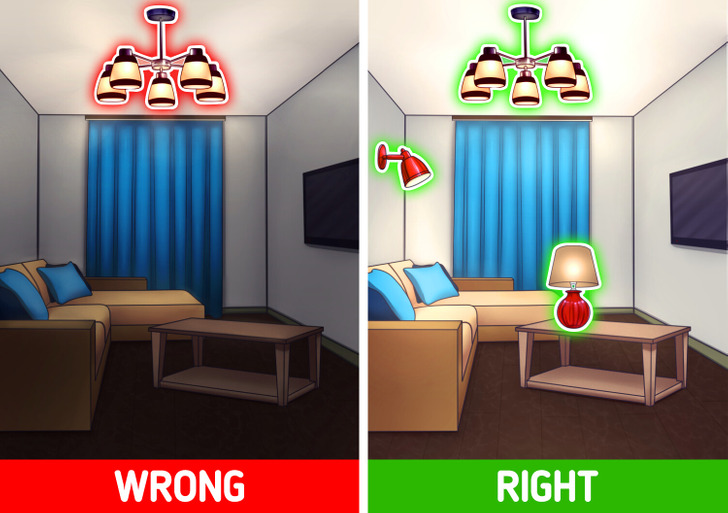
Lighting plays a pivotal role in our daily lives, affecting our mood, productivity, and overall health. Insufficient natural light can lead to vitamin D deficiencies and impact sleep quality. Conversely, overly harsh artificial lighting can cause eye strain and headaches. A study highlighted that poor lighting contributes to general malaise among building occupants.
Solution: Maximize natural light by using sheer curtains and keeping windows unobstructed. In areas lacking natural illumination, opt for layered lighting with adjustable brightness to create a comfortable ambiance.
As you can see, even the most stylish space can secretly sabotage your health if you're not paying attention to the details. But your home isn’t the only silent culprit—your daily habits might be doing even more damage than that throw pillow you forgot to replace. We usually blame fast food or skipping the gym for heart problems, but what if the real danger is hiding in plain sight? From your posture to your pantry, your everyday routine could be quietly putting your heart at risk.











